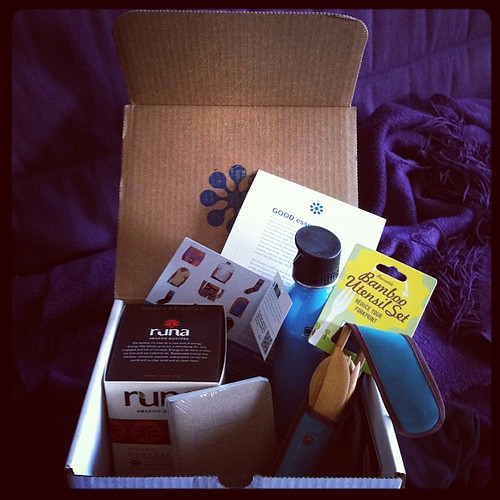I’ll get to things I’m thankful for tomorrow. Tonight, twitter’s trending with #ThingsThatNeedToEnd and a few popped into mind.
- Talking and calling it conversation.
- Not saying anything and calling it listening.
- Walking by the person on the street asking for change because you’re sure they’ll just spend it on alcohol, but never donating a dime to your local homeless shelter or food kitchen.
- Assuming.
- Requiring people to take their shoes off at airport security.
- The Bachelor.
- Calling schools failing and then asking them to muster momentum to improve.
- Illiteracy.
- Abuse.
- Fast food.
- Pay inequity.
- Anything that would lead a kid person to feel less than.
- Talking about teachers as though they aren’t trying or don’t care.
- Talking about students as though they’re incapable of learning and creating amazing things.
- Admiring the problem.
- Fracking.
- Complaining that social networking is keeping people from truly connecting, while still remaining silent in every elevator.
- Seeking the one silver-bullet answer.
- Claiming you’ve got the one silver-bullet answer.
- Taking ourselves so seriously.
- Calling anything that highlights a difference we don’t understand or wish didn’t exist “the X gap.”
- The McRib.
- Teaching by telling instead of showing.
- Feeding students anything other than the best possible food for lunch.
- Marketing electric cars while completely ignoring the source of most of America’s electricity.
- Leading with anything other than a question.
- Asking, “How are you?” with anything other than the utmost sincerity.
- Letting others do the heavy lifting.
- Subscribing to a belief in the importance of caring for the least among us and then denying them access to health care.
- Comparing anything that’s not actually Hitler to Hitler.
- Treating the symptom while ignoring the problem.
- Expecting more from people without giving them space and resources to grow.
- Ignoring the value of personal experience.
- Valuing personal experience as though it is representative of the group.
- Daylight Saving Time.

